How to plant japanese blueberry tree ~ Lucie Botanical Gardens is located at 2410 SE Westmoreland Blvd Port St. These evergreens prefer rich well-drained soils with neutral to slightly alkaline pH levels. Indeed lately has been searched by consumers around us, maybe one of you personally. Individuals now are accustomed to using the internet in gadgets to see image and video information for inspiration, and according to the title of the post I will discuss about How To Plant Japanese Blueberry Tree Plant each dwarf Japanese blueberry tree in a pot 2 to 4 inches larger than the trees nursery pot.
Source Image @ www.fast-growing-trees.com
Japanese Blueberry Trees For Sale Fastgrowingtrees Com

They can also be trimmed as topiaries into precise shapes. Here are a few characteristics of Japanese blueberry trees. Your How to plant japanese blueberry tree photographs are available. How to plant japanese blueberry tree are a topic that is being hunted for and liked by netizens now. You can Get or bookmark the How to plant japanese blueberry tree files here
How to plant japanese blueberry tree - It thrives on the sun and needs very little pruning. How do you take care of a Japanese blueberry tree. Lucie Botanical Gardens on-line then come and tour them to personally see this beautiful gem in the heart of Port St. It will do best in fertile well-drained soils in USDA growing zones 8-10.
The good news is that given time most plants adjust to their new surroundings. These evergreens prefer rich well-drained soils with neutral to slightly alkaline pH levels. This is an evergreen tree that prefers full to partial sun. Japanese blueberries are cold hardy and thrive anywhere in South Florida.
You might want to reassess the planting site. Japanese Blueberry Tree will grow to be about 40 feet tall at maturity with a spread of 30 feet. Thrives on sun - If you choose a Japanese blueberry tree or shrub be sure to place it in full sun or partial shade. As the tree grows feel free to prune a.
It is cold hardy into USDA Zone 8 where winters do not go below 10 or 15 degrees F such as the Pacific Northwest and Southern California. Depending on the weather prune around late February and early March. Fertilize three times a year spring summer and fall with a slow-release granule and water regularly but dont overwater. High alkalinity can cause the tree to develop chlorosis or yellowing of the leaves.
Lucie Botanical Gardens Page. High alkalinity can cause the tree to develop chlorosis or yellowing of the leaves. These trees grow into dense columns so they are ideal for creating a privacy screen. Plant each adjacent to the other leaving a few feet between each planting to adjust for growth.
Its compact form lush growth and elegant branching pattern make this tree a great lawn garden or street tree with almost year-round appeal. Japanese blueberry Elaeocarpus decipens can be grown in our cold hardiness zone. Japanese blueberry prefers well drained soil and full sun. Add organic peat humus or top soil mixed with.
How do you fertilize a Japanese blueberry tree. These evergreens prefer rich well-drained soils with neutral to slightly alkaline pH levels. You can also plant them adjacent to a house keeping the trees at least 4 feet from the building. Thrives on sun - If you choose a Japanese blueberry tree or shrub be sure to place it in full sun or partial shade.
Its a slow grower to 15 to 20 feet though it can be kept shorter. It thrives on the sun and needs very little pruning. In soils with extremely high pH or too compacted the tree appears to. Additionally how do Japanese blueberries grow.
This evergreen tree grows about 30 to 40 feet tall and equally as wide. It typically grows to 20 to 35 feet in height with an equal spread but it can become larger with time mature trees in nature are known to be 60 feet. Some interior foliage turns bright red and drops in spring and periodically throughout the year. The blueberry tree should be set lightly into the prepared hole spreading the plants roots out naturally then pushing the plant down gently.
If you live in a warm climate you can plant Japanese blueberry trees for a landscape accent. Situation Japanese blueberry trees in full sun for the best growth and health. Japanese Blueberry Tree is recommended for the following landscape applications. Left over soil and peat mixture should be used to fill the hole and tamped gently down.
Water the bush right after planting and spread mulch over the entire planted area to conserve moisture in the future. High alkalinity can cause the tree to develop chlorosis or yellowing of the leaves. The spring flowers attract pollinators so plant these in areas where you want to draw. Welcome to Promenade Area in The Gardens at the Port St.
Shown that the tree would look its best in a rich and well-drained soil. Japanese blueberry tree pros and cons. Find out all about the Gardens at The Port St. Plant your Japanese blueberry tree in a fully sunny location for optimal plant growth and health.
Plant in full sun or partial shade in well-drained soil and water regularly until well established. Japanese blueberry trees are more resistant than related evergreen trees to neutral to somewhat alkaline soils. Prune the lower suckers because they take food and water from the main tree. Prefers consistent watering cycle - Avoid over-watering and provide a consistent watering cycle and good soil drainage until it is fully grown.
Plant your Japanese blueberry tree in a fully sunny location for optimal plant growth and health. It does best with fairly regular irrigation. If growing one in tree form prune off suckers at the bottom as they appear. Japanese blueberry tree Elaeocarpus decipiens is a beautiful broad-leaved evergreen from East Asia.
While your Japanese blueberry tree needs moisture on a regular basis it also requires well-draining soil. Produce urn-shaped white or pale green fragrant flowers in the spring. Prefers consistent watering cycle - Avoid over-watering and provide a consistent watering cycle and good soil drainage until it is fully grown. If the soil is truly too wet take this opportunity to move your tree to a site with soil that drains more quickly.
Plant your Japanese blueberry tree in a fully sunny location for optimal plant growth and health. They make attractive evergreen shade trees and you can prune them to keep them to a reasonable height. As each tree grows repot it periodically gradually increasing the pot size until it fits the. In spring bronze-colored leaves emerge and soon mature to a luxuriant shiny dark green.
Plant in full sun or partial shade in well-drained soil and water regularly until well established. It has a low canopy with a typical clearance of 4 feet from the ground and should not be planted underneath power lines.
Source Image @ www.south-florida-plant-guide.com
Source Image @ www.moonvalleynurseries.com
Source Image @ www.flnurserymart.com
Source Image @ www.louiesnursery.com
Source Image @ www.moonvalleynurseries.com
Source Image @ www.snwa.com
Source Image @ cherrylake.com
Source Image @ www.south-florida-plant-guide.com
Source Image @
If you are searching for How To Plant Japanese Blueberry Tree you've come to the right location. We ve got 10 graphics about how to plant japanese blueberry tree including pictures, photos, pictures, backgrounds, and more. In these webpage, we also have number of images available. Such as png, jpg, animated gifs, pic art, logo, black and white, translucent, etc.
If the posting of this website is beneficial to our suport by discussing article posts of this site to social media accounts which you have such as for example Facebook, Instagram and others or may also bookmark this website page using the title Uaht9jbnirw0hm Employ Ctrl + D for pc devices with Home windows operating-system or Command + D for laptop or computer devices with operating-system from Apple. If you use a smartphone, you can even use the drawer menu on the browser you use. Be it a Windows, Mac pc, iOs or Android operating system, you'll still be in a position to download images utilizing the download button.

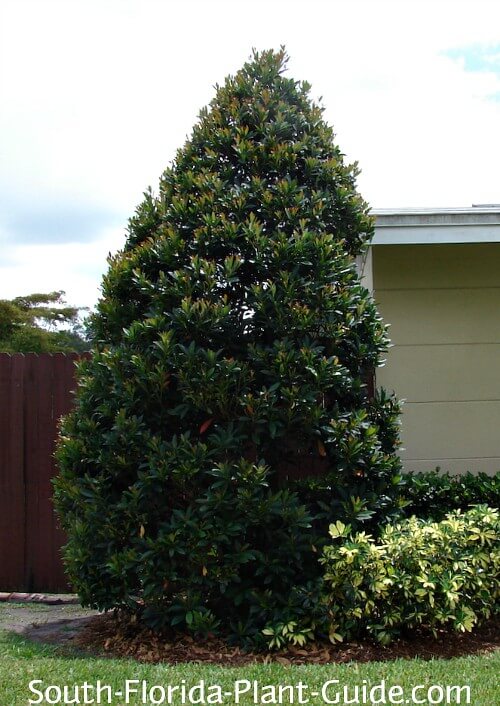
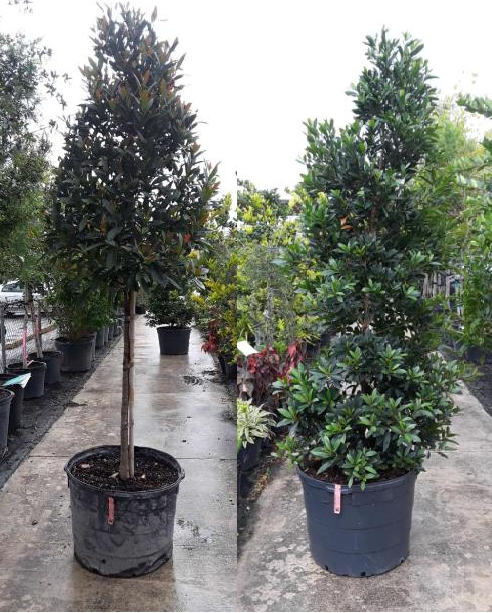
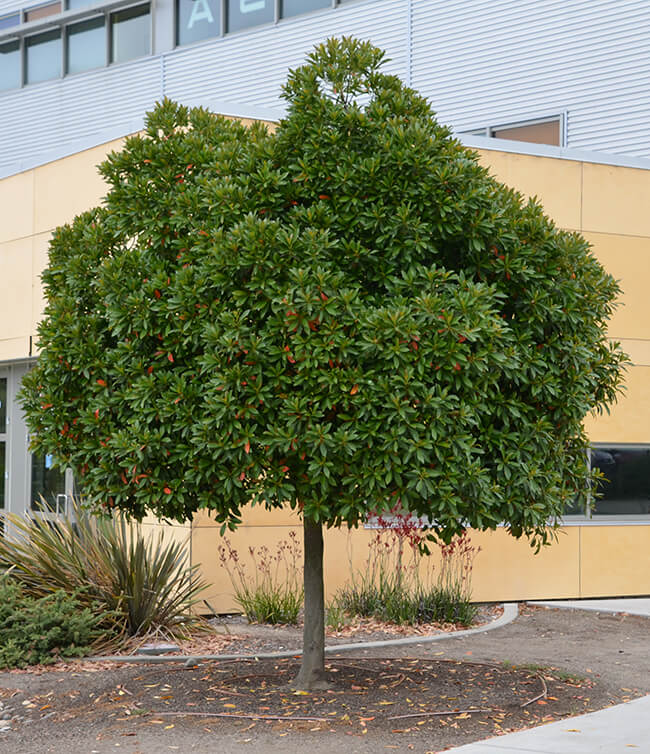

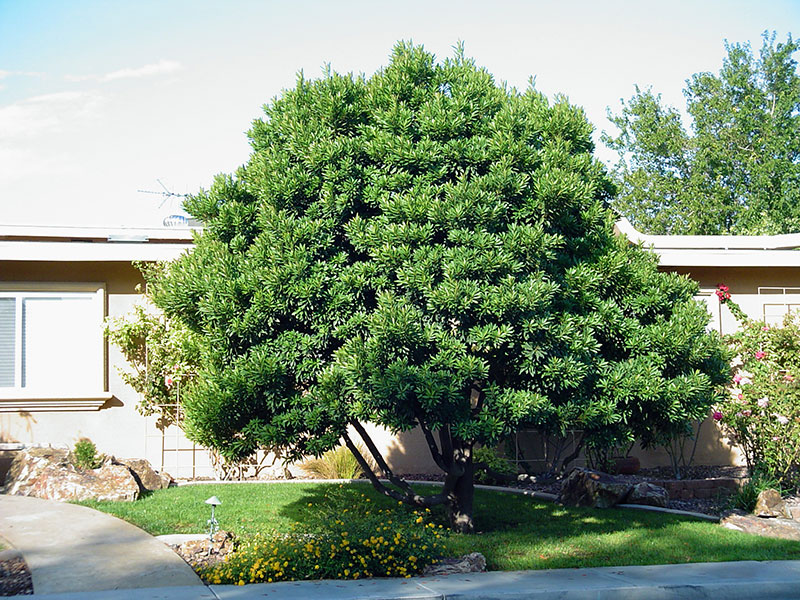
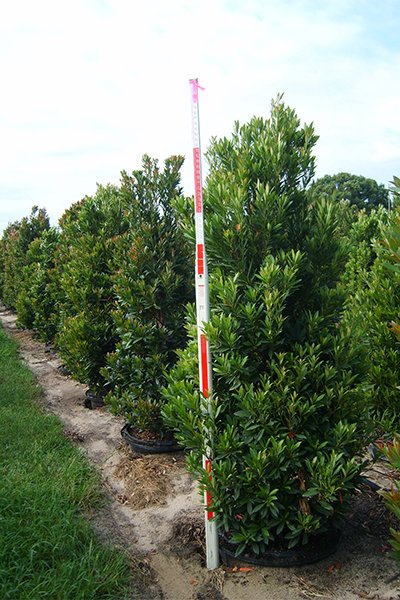
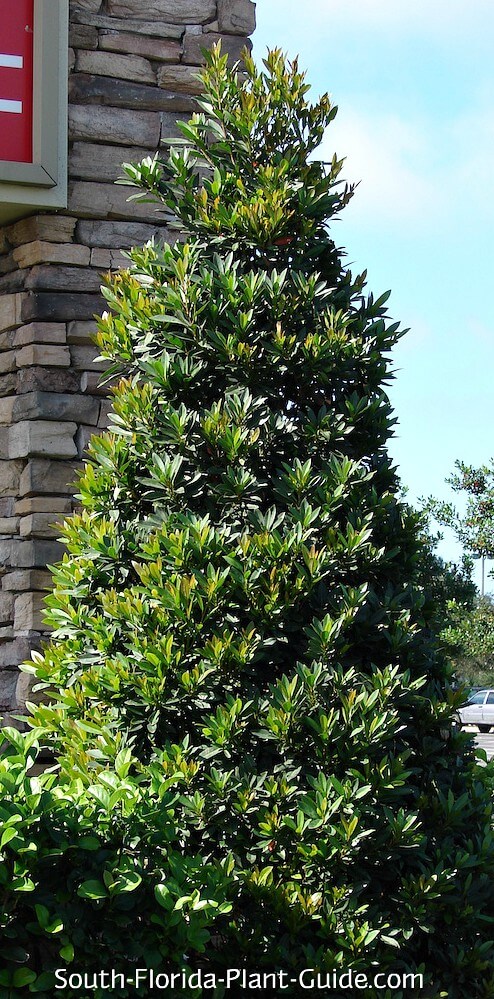
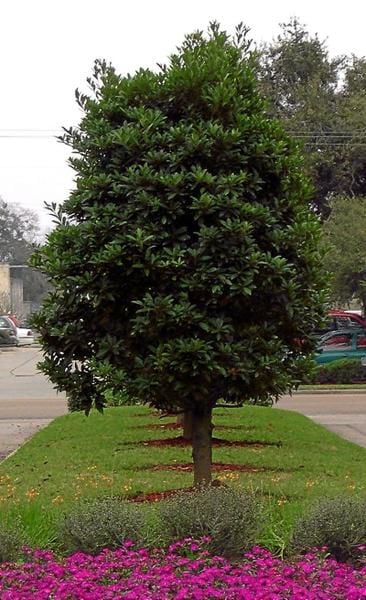
0 comments:
Post a Comment